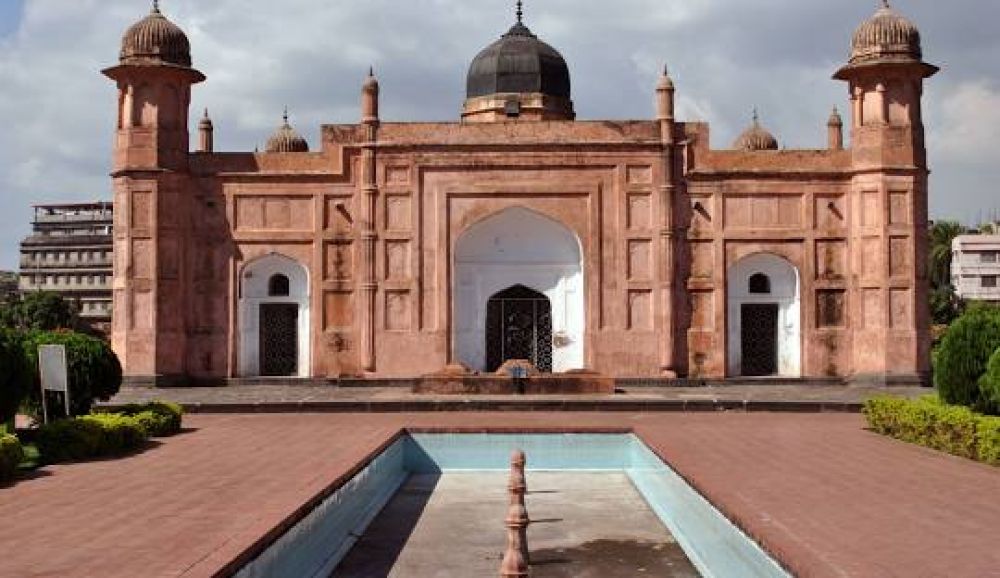

Lalbagh Fort, an incomplete 17th century Mughal fort complex, stands as a silent witness to the rich history of Dhaka, Bangladesh. This architectural marvel symbolizes the historical significance and the cultural heritage of the region.
The history of Lalbagh Fort dates back to 1678 when the Mughal Subahdar Muhammad Azam Shah, the third son of Emperor Aurangzeb, began its construction. However, the fort's construction was abandoned after his departure from Dhaka. It was later revived by Nawab Shaista Khan, who also left it incomplete upon his daughter's untimely death in 1684. Her tomb is located within the fort grounds, adding emotional value to the site.
Tourism in Lalbagh Fort has flourished over centuries, as the fort transitioned from a mere construction site to a prominent landmark and tourist attraction. During the British colonial period, Lalbagh Fort drew attention for its historical importance and unique architectural style. As Bangladesh gained independence and tourism infrastructure improved, visitors from all corners of the globe have been coming to Dhaka to explore this testament to Mughal artistry.
In recent years, efforts have been made to conserve and restore Lalbagh Fort, with the Bangladeshi government and various cultural organizations taking active roles. The fort complex is well-maintained, featuring manicured gardens, a museum with Mughal artifacts, and signposts providing historical information.
Visitor experience has been significantly enhanced with the introduction of guided tours, informative plaques, and cultural events reenacting the grandeur of the Mughal era. The tourism authorities have also embraced digital platforms to promote Lalbagh Fort as a must-visit destination, enticing history buffs and cultural enthusiasts alike.
The latest trend in tourism at Lalbaggh Fort includes a focus on sustainable and responsible tourism practices. There is an increased awareness of preserving this historical site for future generations while offering engaging experiences to tourists.
Virtual reality experiences and augmented reality apps are becoming part of the visitor experience, allowing people to immerse themselves in the fort's history in interactive ways. Additionally, social media campaigns and online travelogues are making Lalbagh Fort more accessible to a younger, tech-savvy generation of travelers seeking unique and Instagram-worthy destinations.
Lalbagh Fort continues to stand as a pinnacle of Mughal architecture and a pillar of Dhaka's tourist attractions. With a rich history and ongoing efforts to keep it relevant in the digital age, the fort offers a unique blend of the past and the present to locals and tourists alike. The future of tourism at Lalbagh Fort looks promising, holding the potential to draw more international attention and appreciation in the years to come.